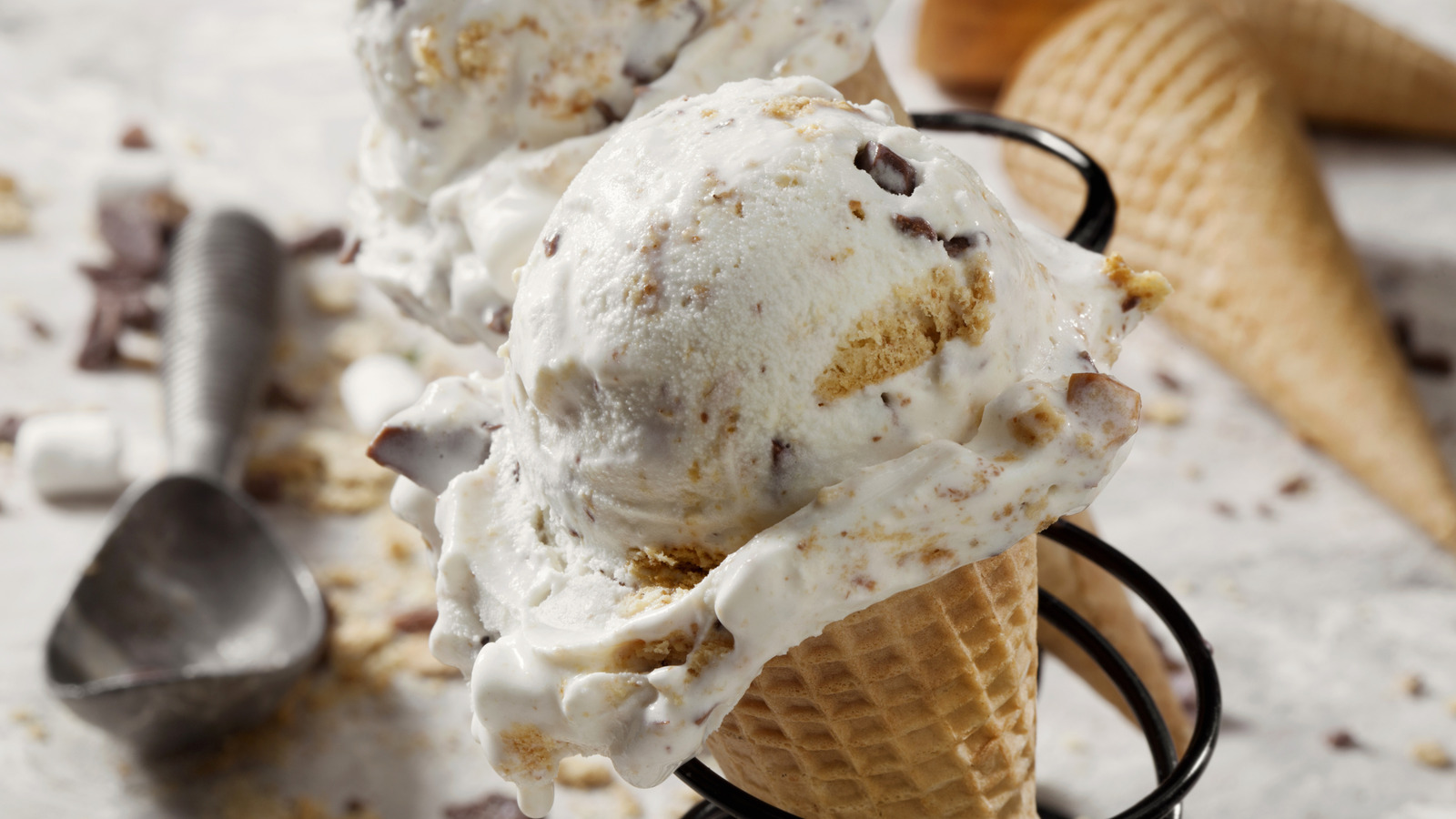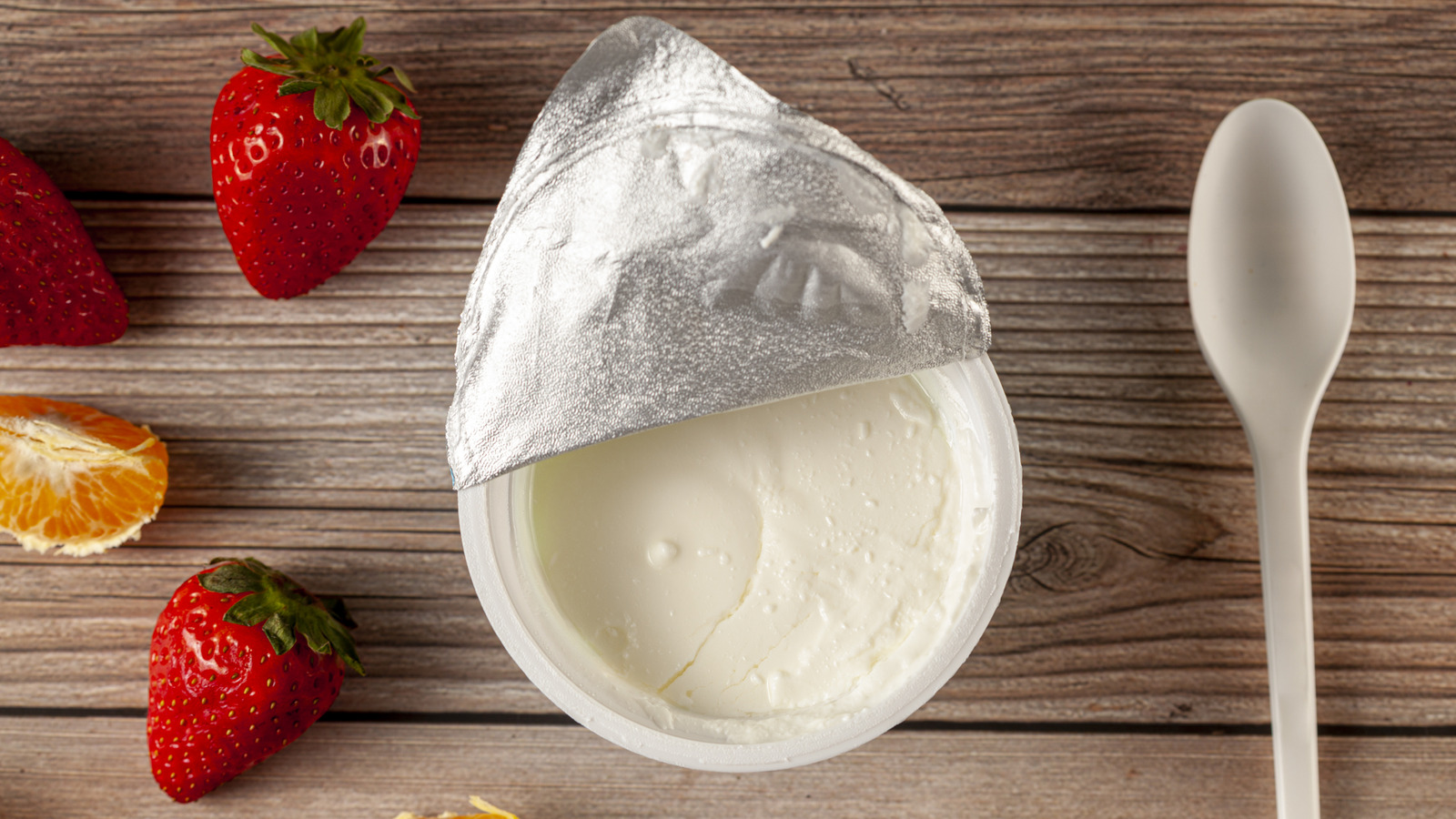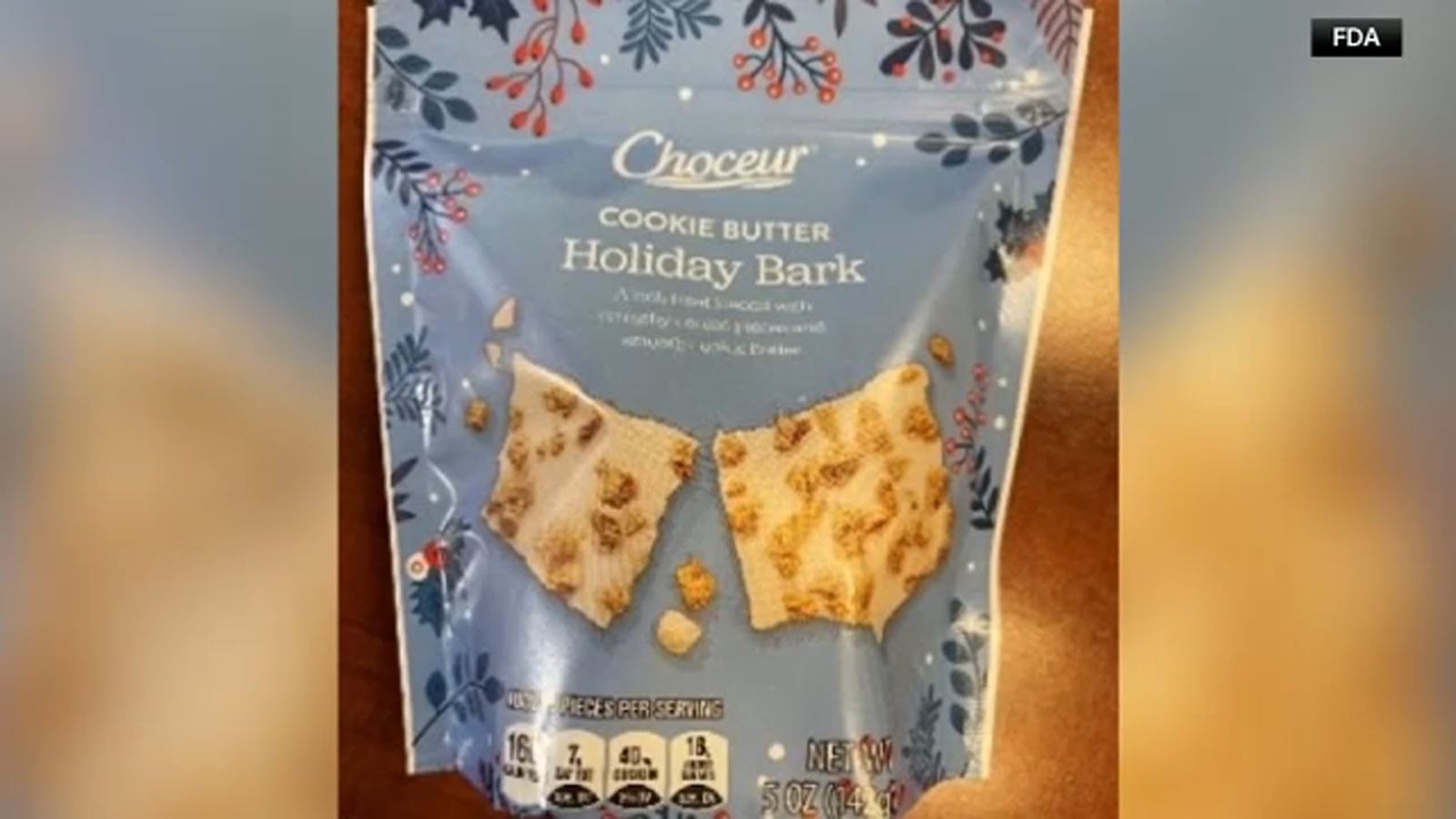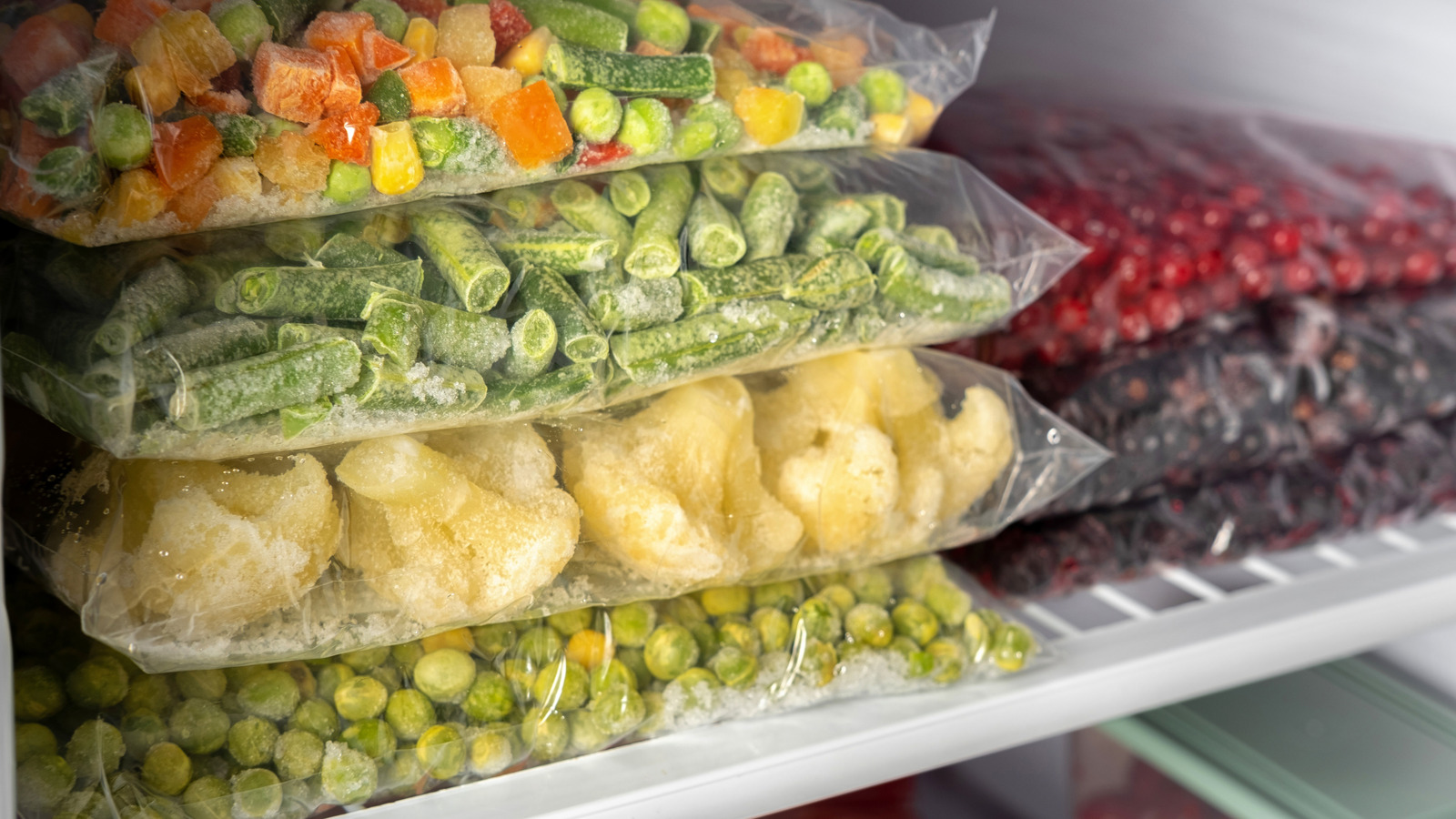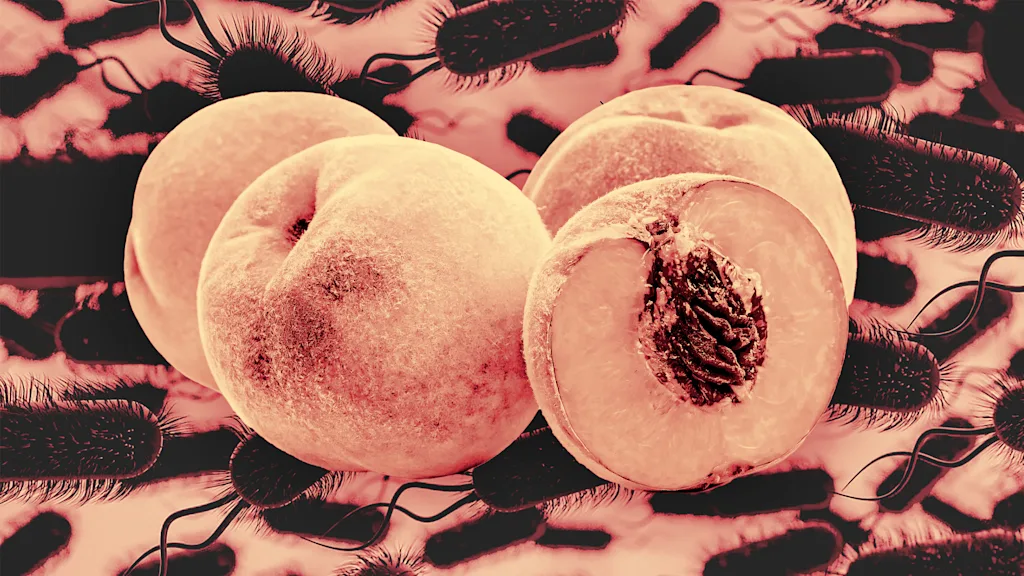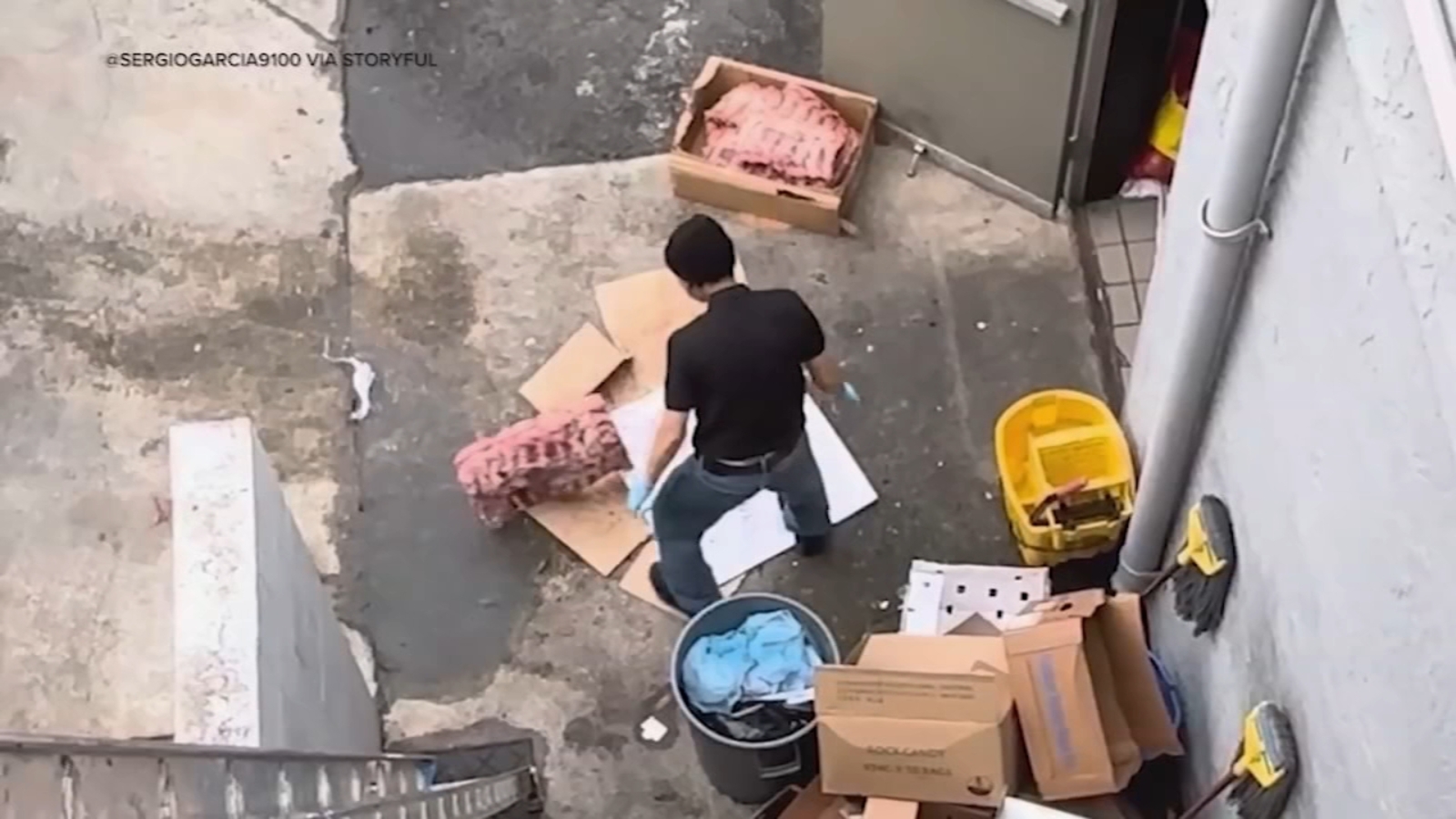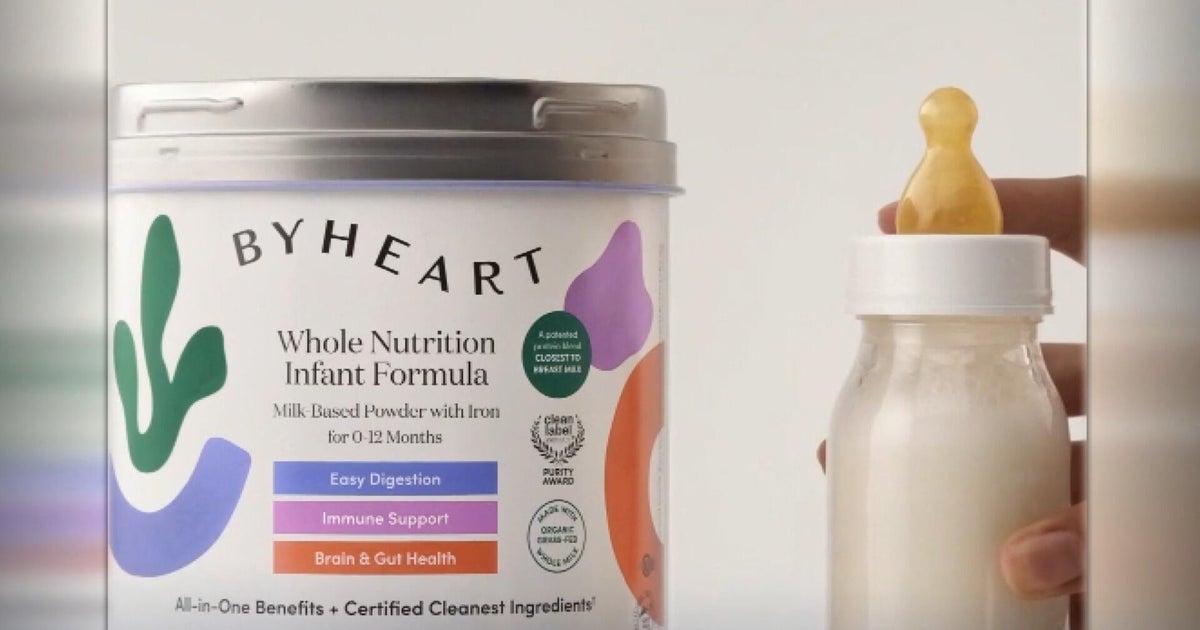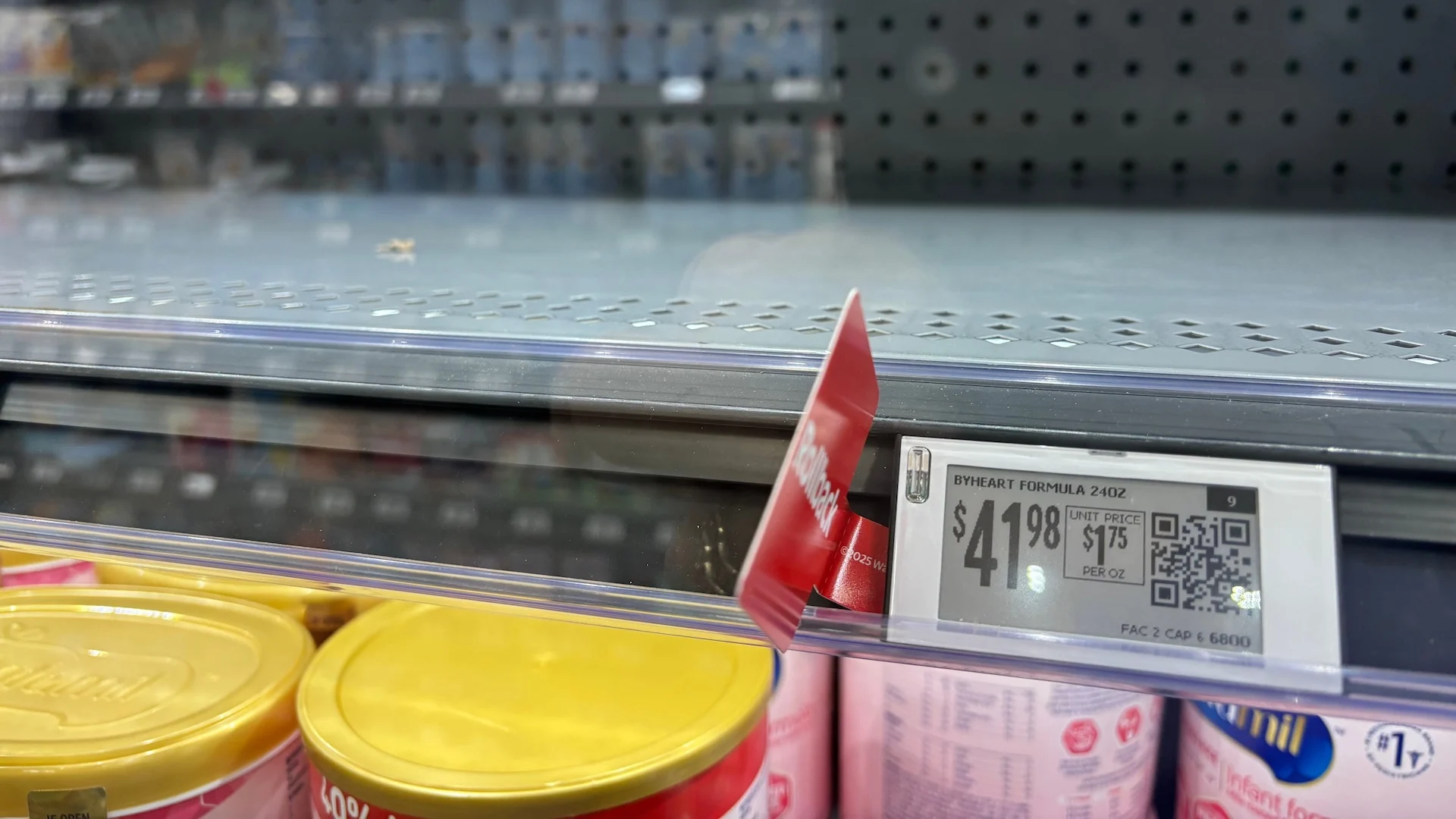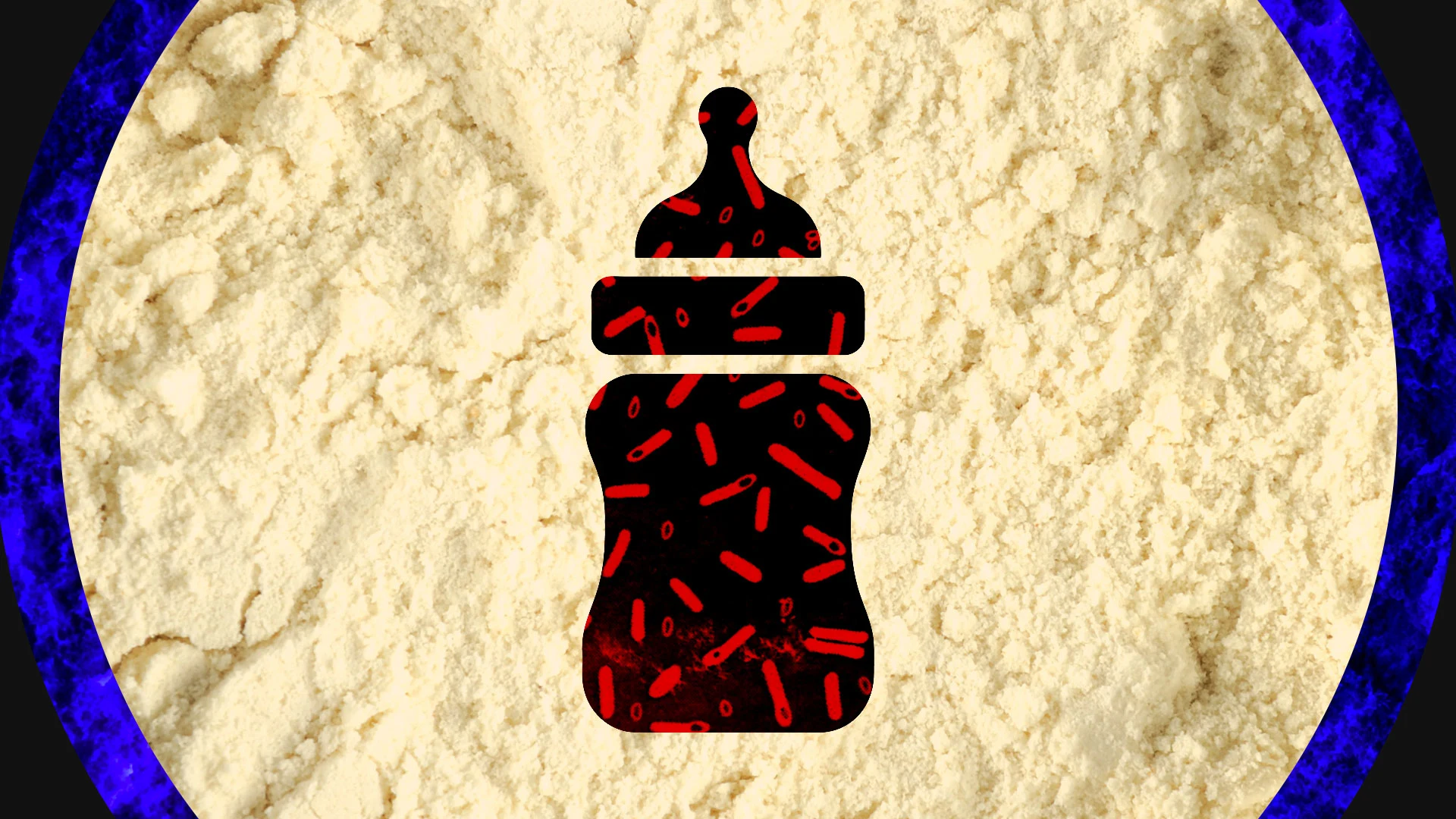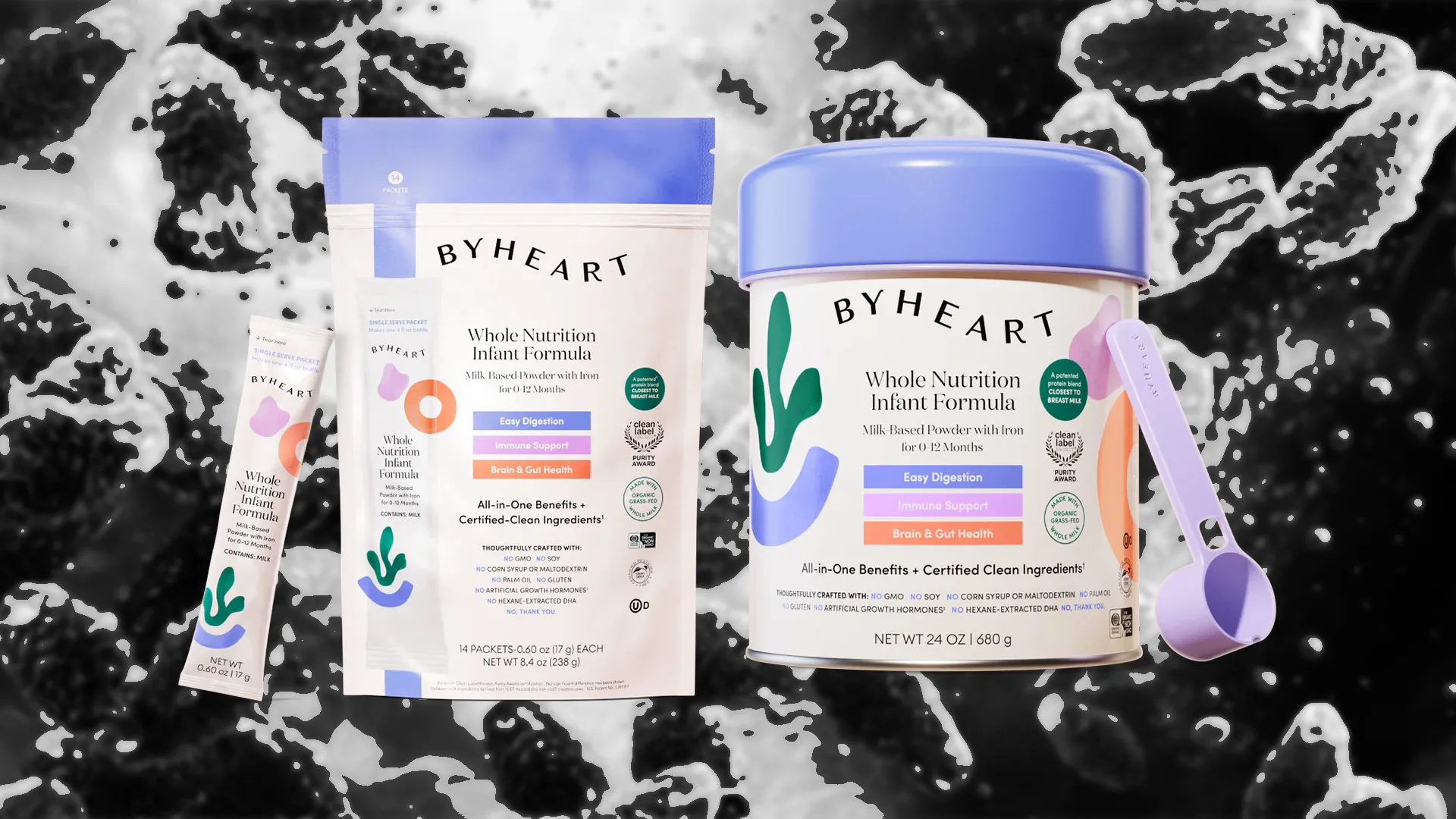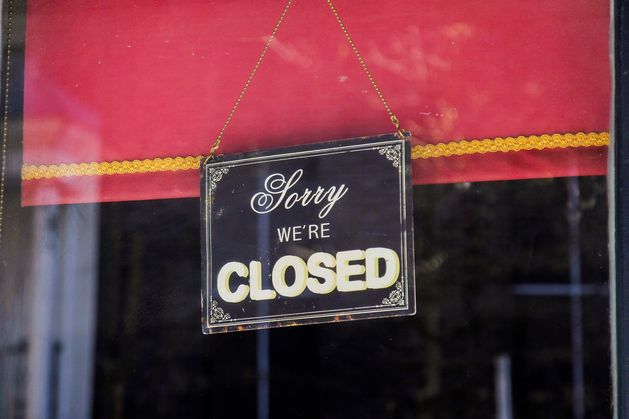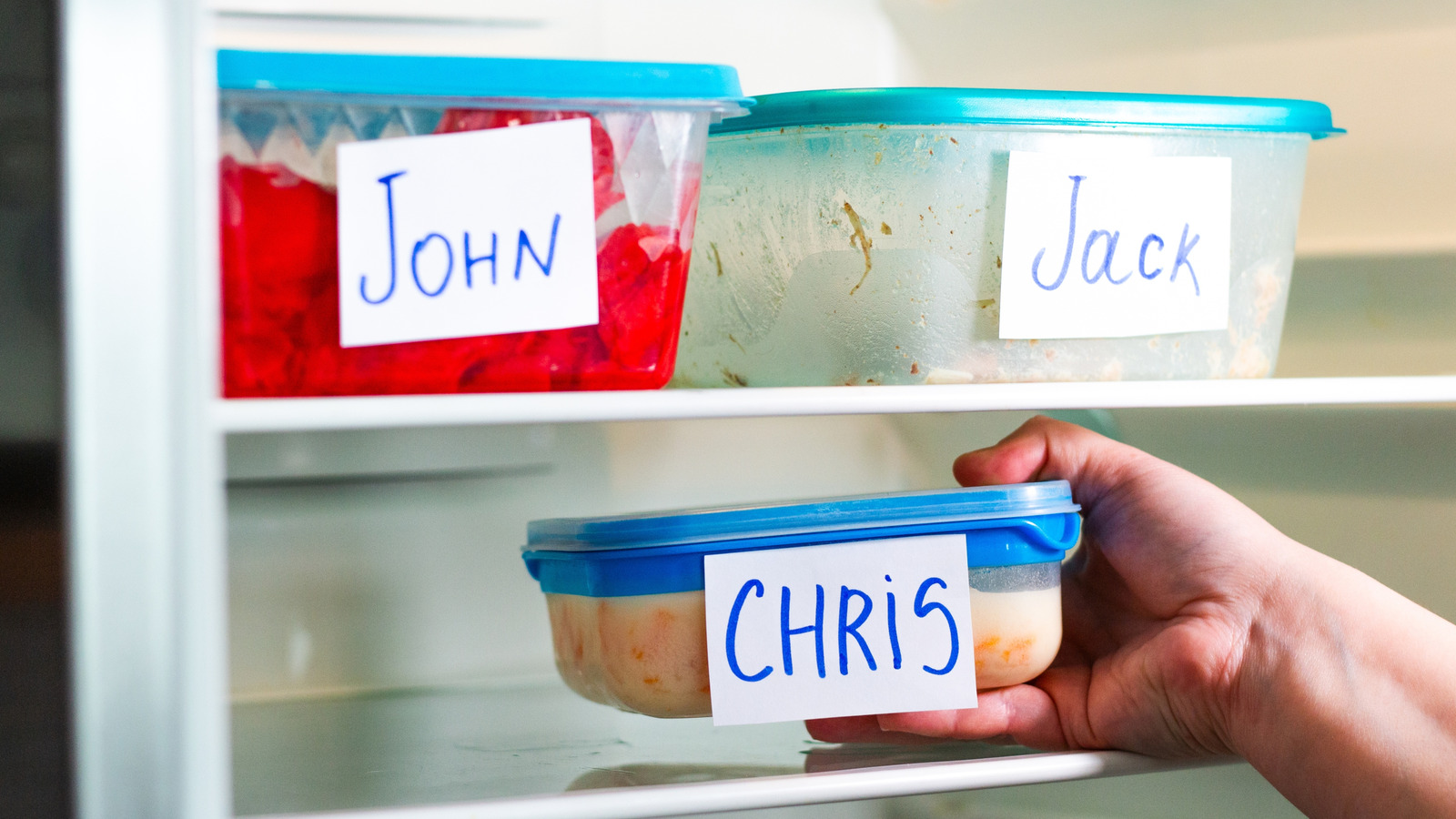#food-safety
#food-safety
[ follow ]
#product-recall #cross-contamination #salmonella #viral-video #health-inspection #infant-botulism #listeria
Public health
fromLos Angeles Times
1 day agoUSC assures students food is safe after viral videos of bugs, mold in dining hall
USC dining reported insect and mold contamination in on-campus meals, prompting revamped inspection protocols and repeated produce washing after students posted images and videos.
fromSFGATE
2 days agoSalmonella risk triggers recall of Calif. farm's eggs sold at restaurants
Vega Farms Inc., based in Dixon, issued the recall on Dec. 5 for its branded eggs sold in 12-count cartons and 30-count flats, CPDH officials said in a notice. The affected products, sold in the Sacramento and Davis areas, carry the handler code 2136 and include items supplied to restaurants and farmers markets. The recall covers cartons and flats marked with Sell By dates of Dec. 22, 2025, and earlier.
Food & drink
fromTasting Table
4 days ago10 Worst Snacks To Pack For A Road Trip - Tasting Table
Deciding which snacks to pack when you're planning a road trip is essential. Hunger pangs can strike when the next rest stop is still miles away, so having something to snack on in the car is imperative. Even once you arrive at a rest stop, finding appropriate food for the whole family can be tricky and expensive. Planning ahead and packing snacks that you can eat when you stop is a good idea, too.
Food & drink
fromMail Online
6 days agoReady for Christmas dinner? The exact date you should buy every item
It's the focal point of any festive gathering - but the responsibility of providing Christmas dinner can trigger monumental stress. From securing the Brussels sprouts, crafting a timeplan and basting the turkey, it takes military-level planning. Even working out when to buy all of the ingredients can cause a headache - as you don't want any of the essentials to spoil before the 25th.
Food & drink
fromTasting Table
6 days agoIs It Safe To Store Food Outside In The Winter? - Tasting Table
If you're in a place where the wind slices through your coat, the back porch can feel as reliably frigid as any stainless steel appliance, but food safety doesn't run on vibes. The USDA draws a very firm line at 40 degrees Fahrenheit. Perishable foods need to stay at or below that temperature at all times. Anything warmer slips into the bacterial "danger zone," where unfriendly organisms like salmonella and staph begin multiplying more quickly.
Food & drink
fromTasting Table
1 week agoYour Vintage Set Of Christmas Cookie Cutters Might Not Be Safe To Use. Here's How To Tell - Tasting Table
The main thing to check for with vintage cookie cutters is rust. Cookie cutters can be made from a variety of materials, and while modern ones are often plastic, others might be aluminum, tin, or stainless steel. Neither one of those rusts easily, but aluminum can tarnish and stainless steel can rust if it has not been cleaned and stored properly.
Cooking
fromMail Online
2 weeks agoCampbell's admission about shocking industrial practice resurfaces
The New Jersey-based company acknowledged violations in September 2025, admitting its Napoleon, Ohio canning plant illegally dumped wastewater more than 5,400 times from April 2018 to December 2024, breaking federal water pollution laws. Environmental groups sued Campbell's in March 2024, alleging repeated exceedances of effluent limits of pollutants were released into the Maumee River, which feeds into Lake Erie. A trial to determine penalties and cleanup requirements is scheduled for 2026.
Environment
fromPoynter
2 weeks agoTurkey prices may be climbing, but your Thanksgiving bird is still safe to eat - Poynter
Bird flu, or avian influenza, is a naturally occurring disease among wild birds, including ducks and geese, that can also infect domesticated birds, such as chickens and turkeys. The U.S. has been battling flu outbreaks in commercial poultry flocks since 2022. After a summer lull, cases are rising again. Because avian flu spreads quickly and is untreatable in animals, if even one bird in a flock is infected, the entire flock is culled.
Agriculture
fromTasting Table
2 weeks agoHere's How Often You Should Actually Be Deep-Cleaning Refrigerator Drawers - Tasting Table
Refrigerator drawers are always working, collecting sticky, pigmented leaks from berry cartons, questionable runoff from thawing shrimp, condensation from humidity settings, and cursed bags of forgotten greens breaking down into a fetid bisque. As the busiest, dampest quadrant of the fridge, they deserve more tending-to than a twice-a-year swipe. But how often should you clean your refrigerator, drawers included? A seasonal deep clean is a good routine to get into.
Food & drink
fromTasting Table
2 weeks agoWhy Returning This Popular Costco Grocery Item Isn't As Simple As You Think - Tasting Table
Costco makes it easy to return and get a refund on just about any product, even without a receipt. But this warehouse retailer has its limits. Some items, like electronics, have shorter return windows, and others you can't return at all, like alcohol or tires, even if you used them just once. And when it comes to food returns, some items have extra rules.
Food & drink
Food & drink
fromwww.mercurynews.com
3 weeks agoBeloved South Bay restaurant temporarily closed after viral video allegedly showing an employee slamming meat on ground
PhoLove in Milpitas was temporarily closed after a viral video showed an employee slamming frozen ribs on stained concrete; inspectors found cockroaches and sanitation failures.
fromBuzzFeed
3 weeks agoI Am Completely Disgusted Yet I Can't Stop Looking At These Truly Unhinged Things People Have Found In Their Parent's And Grandparent's Homes
It happens to all of us. Your parents get older, you get older, you go to visit home, look through the pantry, and you find some truly unexplainable stuff. I'm talking about something no one has seen in decades. Something that doesn't even resemble what it's supposed to be. Something that might kill a small Victorian child. Or a medium-sized Edwardian child. Or even a full-sized Stuart period boy.
Food & drink
fromABC7 Los Angeles
3 weeks agoHow do you thaw a turkey? Here are 3 safe ways to defrost your bird for Thanksgiving
"For the cold water method, leave the turkey in its original wrapping and submerge it in a sink (or container) full of cold water. It is important that the water be cold so that the turkey stays at a safe temperature. You should change the water every 30 minutes. Empty out the water and replace it with fresh cold water. With this method, allow 30 minutes of defrosting time per pound, so a 16-pound turkey will take 8 hours to thaw
Cooking
Food & drink
fromABC7 Los Angeles
3 weeks agoFirst-time Thanksgiving cook? Advice on turkey thawing, leftover storing and avoiding disaster
Thaw turkeys in the refrigerator, avoid rinsing, cook to 165°F with a reliable thermometer, consider cooking stuffing separately, and refrigerate leftovers within two hours.
fromTasting Table
3 weeks agoThe Telltale Sign Your Corn On The Cob Won't Be Very Tasty - Tasting Table
No summertime backyard cookout or Mexican street food experience is complete without corn on the cob - and who better to give us corn on the cob tips than Jorge Guzmán, the executive chef and partner at modern Mexican restaurant Sueño and a James Beard Award finalist? Corn is, after all, a crop that originated in Mexico, and it's the foundation of Mexican cuisine and culinary identity. But how can you tell if the corn cob you picked up at your local farmers market or grocery store isn't up to snuff? According to Guzmán, the telltale sign your corn on the cob won't be very tasty is tactile.
Food & drink
fromTasting Table
4 weeks agoHow Often You Should Be Cleaning Your Microwave, Really - Tasting Table
Although it is one of the worst kitchen items to clean, regularly cleaning your microwave can prevent icky odors and drips that could affect the quality or taste of your food. You can also lower the risk of bacteria buildup and mold growth. Plus, after a while, letting messy residue accumulate in and on your appliance can even affect its performance and lifespan.
Gadgets
fromBuzzFeed
4 weeks agoThis Is The Single Riskiest Food On Your Thanksgiving Table, According To Scientists
Viruses can be spread at any time, according to Amarat (Amy) Simonne, a professor of food safety and quality at the University of Florida's College of Agricultural and Life Sciences. While she said that the CDC hasn't collected specific data on foods associated with holiday seasons, one study reported an uptick in certain Salmonella cases following the Thanksgiving holiday, which the researchers said was most likely related to foods disproportionately eaten then, particularly turkey.
Food & drink
Food & drink
fromTasting Table
1 month agoThe First Thing You Should Consider When Planning Outdoor Meals - Tasting Table
Plan outdoor meals around wind and warmth by choosing hardy, room-temperature-safe dishes, avoiding cream-based sauces, using reusable serveware, and minimizing single-use drink bottles.
Cooking
fromTasting Table
1 month agoThe Strangest Question Butterball's Turkey Helpline Ever Received For Thanksgiving - Tasting Table
Butterball's Turkey Talk-Line provides expert turkey cooking, thawing, and preparation help to home cooks, fielding thousands of holiday calls and many unusual questions.
Food & drink
fromTasting Table
1 month agoFast Food Items You Should Avoid Ordering, According To Employees - Tasting Table
Front-line fast-food employees often avoid certain menu items because cleanliness, equipment problems, low popularity, and inconsistent franchise practices make them unappealing or unsafe.
fromTasting Table
1 month agoOne Brand Of Apples Won't Brown, Thanks To Science - Tasting Table
Some of us will cut off the bruise and eat the rest, but evidence shows that a lot of bruised apples are tossed out. According to the Food and Agricultural Organization of the United Nations, about 45% of all fruits and vegetables are wasted. That's 3.7 trillion apples. The creators of Arctic apples saw that as a major problem they needed to fix as they attempted to design an apple that wouldn't turn brown, allowing it to stay fresher longer.
Agriculture
fromTasting Table
1 month agoThis Is The Best Spot To Store Raw Chicken If Your Fridge's Bottom Shelf Is Full - Tasting Table
All it takes is a few unnoticed meat drippings to ruin just about everything in your fridge, so storing raw chicken in the bottom shelf is one of the most important food safety tips every home cook needs to know. There, it's safely tucked in the corner - where the bacterial contaminants are kept far away from fresh and cooked food.
Food & drink
[ Load more ]


